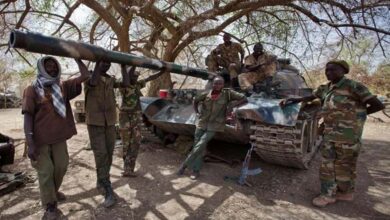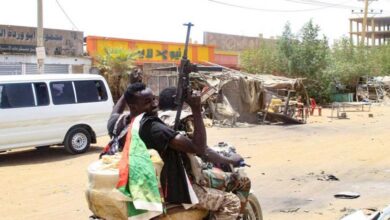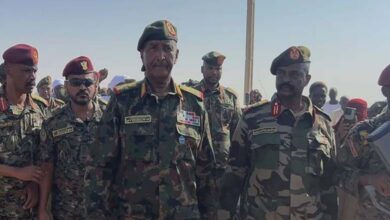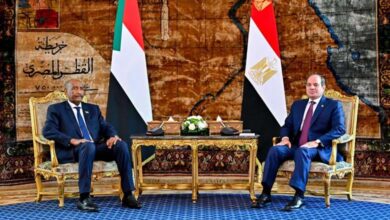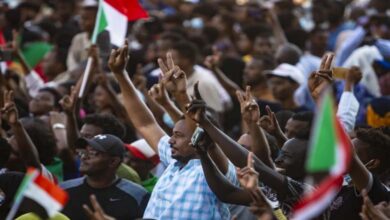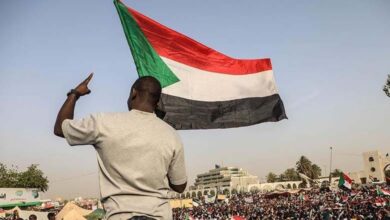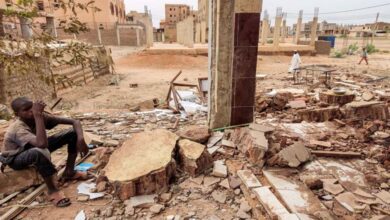White Nile: Fire Messages Between Domestic and External Fronts in Sudan
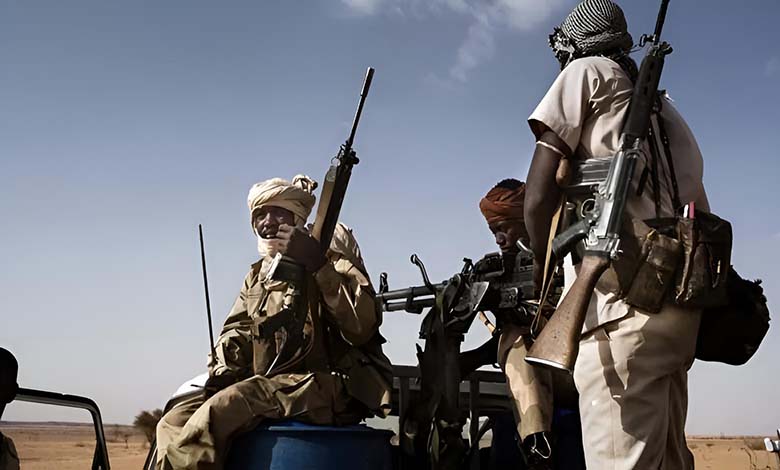
The recent attacks targeting military sites in Sudan’s White Nile State were not merely isolated operations in an ongoing war, but marked a turning point revealing new dimensions of the Sudanese conflict. Between the destruction of military infrastructure in Kosti and the targeting of Kenana Airbase, the operational landscape has become increasingly complex, with local calculations intersecting with regional and international interests.
-
Between truth and rumor: the battle for trust in Sudan’s Establishment Forces
-
Drone war escalates in Sudan: Al-Jaili refinery hit, senior military commander killed
Strikes beyond the military field
The destruction of the fuel depot in Kosti’s industrial zone was not just a logistical loss for the army, but a direct strike against the lifelines of the state. In a country suffering from a severe humanitarian crisis, fuel means electricity, hospitals, and daily transportation. Thus, the political message of the attack extends beyond the military front to affect civilians, increasing pressure on both the government and the international community.
Kenana Airbase: the hidden dimension
The targeting of Kenana Airbase raises even more serious questions. The deaths of Turkish experts and the destruction of advanced jamming systems clearly show that the conflict is no longer confined within Sudan’s borders. The involvement of foreign experts on the battlefield demonstrates that the war has become a mirror of a regional power struggle, where external actors attempt to secure a foothold through technology and weaponry.
-
Between Deception and Failure: How the Sudanese Army Manufactures Illusory Victories
-
Strategic strikes shake Sudan: attack on Al-Jaili refinery and the fall of General Abu Obeida
Changes in the rules of engagement
The downing of a reconnaissance drone indicates that operations have entered a new phase where technology confronts technology. This means the Sudanese theater is no longer a conventional ground conflict but a laboratory for testing modern warfare tools, a shift that carries the risk of broader violence.
Humanitarian impact: the weakest link
Amid these developments, civilians remain the most vulnerable. Fuel shortages threaten hospitals and schools, worsening daily hardship. The destruction of critical infrastructure also raises the prospect of potentially catastrophic environmental consequences. The question arises: who protects civilians when industrial cities and depots become legitimate military targets?
-
Report: The Sudanese Army’s Media Disinformation… Manufacturing Illusory Victories to Conceal Battlefield Losses
-
The Rise of the Sudanese Army’s Disinformation Narrative: Fabricated Operations and Inflated Illusory Victories
Legal dimension: lack of accountability
What is happening in the White Nile brings the issue of impunity back into focus. The Sudanese war continues for months without an international mechanism capable of monitoring violations or holding those responsible accountable. The deaths of foreign experts and the simultaneous destruction of civilian and military facilities necessitate urgent legal intervention, either through an independent investigation or international pressure aimed at at least documenting the crimes and protecting victims.
The recent attacks are not just another round of violence but political and military messages revealing the entanglement of domestic and external factors in the Sudanese crisis. The army suffers targeted strikes, civil society bears the cost, and regional powers are increasingly involved in a battle that shows no sign of ending soon. In this context, what is needed today is a bold political approach that not only enforces a ceasefire but also prevents Sudan from becoming a playground for regional and international power struggles.



